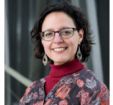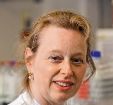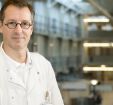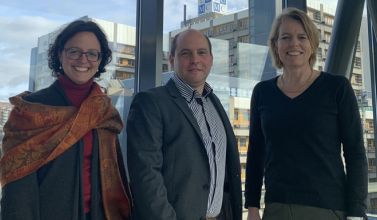3D prosthesis bone sarcoma
In patients with a malignant bone tumor (bone sarcoma), the bone containing the tumor is sometimes surgically removed. To reconstruct the extracted bone, specialists use patient-specific 3D-printed prostheses. This prosthesis is tailor-made for each patient. The placement is done through computer-assisted surgery. Scientists from the LUMC are constantly testing the effectiveness of this approach in the long term, continuing our effort to improve treatment.
Joint-on-a-chip
In the future we hope to know more about all different forms of osteoarthritis, a type of joint wear. Our osteoarthritis researchers use patient cells and induced pluripotent stem cells (iPSC). iPSC are, for example, skin cells that are reprogrammed so that they can grow into any tissue in the human body, including bone and cartilage.
LUMC researchers use these cells for a joint-on-a-chip model. This allows them to simulate and adjust biomechanical, genetic and environmental factors. This means that we can reproduce diseases on the chip and test new treatments. Consider, for example, the simulation of important risk factors for osteoarthritis, with the aim of developing customized osteoarthritis therapy. Inflammation of the joint lining, synovitis, is also studied in this way.
Stem cell therapy for osteogenesis imperfecta
In the collaborative H2020 project BOOSTB4 (Boost Brittle Bones Before Birth) we work together with partners from all over Europe on the treatment of severe osteogenesis imperfecta (OI) with stem cell therapy. OI is a rare hereditary condition for which there is currently no effective treatment. From laboratory studies and some patient cases, we know that fetal mesenchymal stromal cell (MSC) transplantation is a promising approach. The first phase I / II clinical trial on the safety and efficacy of pre- and / or postnatal MSC transplantation in patients with the most severe forms of OI (type III, severe type IV) is currently underway.
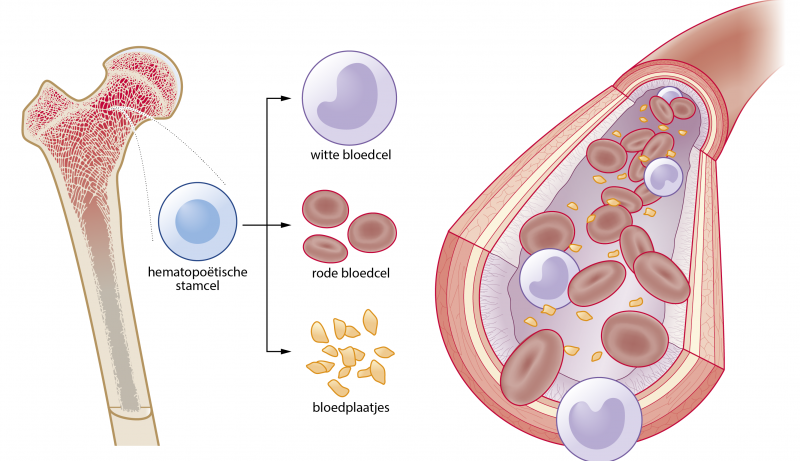
Bones and joints function and disease
Bone is living tissue that is continuously broken down and rebuilt. Sometimes errors occur. In patients with osteoporosis (bone decalcification), the balance between construction and dismantling is disturbed, making bones porous and vulnerable. Due to the lack of firmness, the bones break much faster and recover much slower. Fractures of the hip and vertebrae can have far-reaching consequences, in particular for the elderly.
The rare hereditary disease osteogenesis imperfecta (OI) is also characterized by brittle bones. Patients with severe OI are affected throughout their lives by repeated, multiple fractures, significant pain and physical disabilities.
A malignant bone tumor (sarcoma) is a very rare bone disorder: approximately 200 Dutch people get this type of cancer every year. Only four centers in the Netherlands treat these rare tumors and the LUMC is the largest of them.
Osteoarthritis is not a single disease, but a complex disorder that takes various forms. Several disease mechanisms play a role in the development of osteoarthritis and related disease symptoms. This is probably the reason why treatment options for osteoarthritis are limited.


